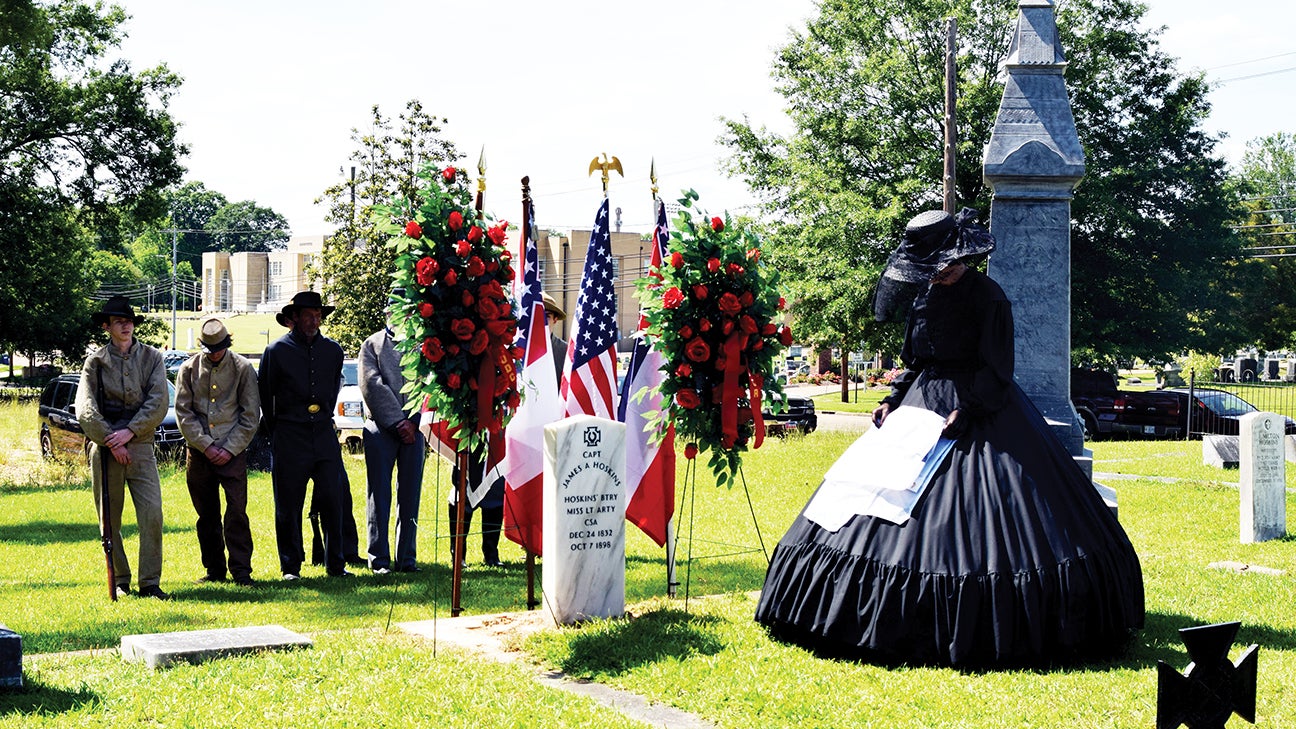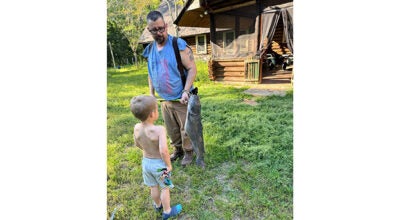Supervisors to prioritize bridge, road work
Published 10:42 am Tuesday, February 2, 2016
Over the next few weeks, the Lincoln County Board of Supervisors will be working to decide which bridges and roads will be prioritized for state funds.
In a work session that took place Monday, county engineer Ryan Holmes said that this term, Lincoln County will received about $3.5 million in state aid revenue and $1.9 million from the Local System Bridge Replacement and Rehabilitation Program.
This money doesn’t include federal funding, but Holmes said the process for federal funding is more complicated.
“We can’t just go do a bunch of federal programs,” Holmes said. “One gets on the shelf and then gets funded.”
That said, engineer Jeff Dungan said it’s important to have this process going at all times, using an $850,000 project at Mount Olive as an example.
“We have $3.5 million to work with, period. State aid money. The beauty of that is, of that $850,000, only $85,000 of that is coming out of your $3.5 million — Dungan said. “That’s why we want to keep one of those projects going all the time — because it takes your money and makes it go 10 times as far. But we can only do one at the time. Until we get one going, we cannot do another one.”
There are other considerations for funding as well. The LSBP fund can only be allocated to eligible bridges: those that score a sufficiency rating under 50 during inspection. District 1 Supervisor Jerry Wilson noted that he had no qualifying bridges, though this does mean that no bridges have fallen under a 50 under Wilson’s supervision, according to Holmes.
“Unfortunately, as you very well know, there’s not enough money to do what needs to be done,” Dungan said. “There’s just not. It’s not even close. So we just have to start at the worst, and work our way until the money works out.”
“To put that in perspective, we’ve got about 350, 360 miles of state aid road in this county. I would go out on a limb and say probably every single mile needs something done to it,” Dungan said. “If we had a big old pot of money we’d like to do something to every single mile. Now, there’s probably about a third of that that we really need to do something to, or we’re going to lose these roads. If we did surface treatment — if we sealed every state aid road in this county tomorrow, $14 million is going to be the total. It’s $40,000 a mile to seal a road. That doesn’t include if we had to do a bunch of major leveling or base reclamation or something like that. If you apply that $40,000 over 350 miles, the answer is $14 million.”
There are also currently 49 bridges in the LSBP system that have received a sufficiency rating under 50. In the list, there was a column for comments on the status of the bridge. Many are listed as “replaced with pipes.”
“A lot of these bridges, we’ve either replaced them with pipes temporarily, or you as a supervisor did some maintenance. I know Nola [Road] did some maintenance here recently on a couple. Every one of you have done maintenance. To me, those comments in there help us put into context which bridges may be more important. If you haven’t done anything to it, there’s probably a reason you haven’t: either it will cost too much or you need a new bridge. If it’s got pipes in it, and it’s working right now, we need move on down the list to another bridge” Holmes said.
“You guys — and we’ve said this before — look at how many of these have been replaced with temporary pipes that you guys have done with your own county nickel,” Dungan said. “That’s very, very good. It’s really kind of amazing. We leave them on the inventory because the pipes are not permanent. A lot of the pipes are undersized. Most of them are because you couldn’t afford a large enough pipe, but you put one it big enough to get by. And we can still go and replace those temporary pipes, but what you’ve done by doing that is you’ve made them safe.”
Safety is also a concern when determining which bridges should get priority.
“A concrete deck bridge with timber piling is the most dangerous type bridge that we deal with,” Dungan said. “Those are the ones that fail and drop. Usually they may drop a foot and leave an impact curve. That’s your worst nightmare as far as a bridge, those are the ones you have to really watch.”





